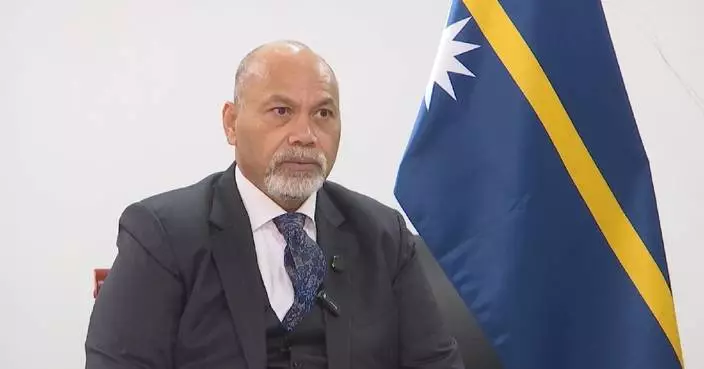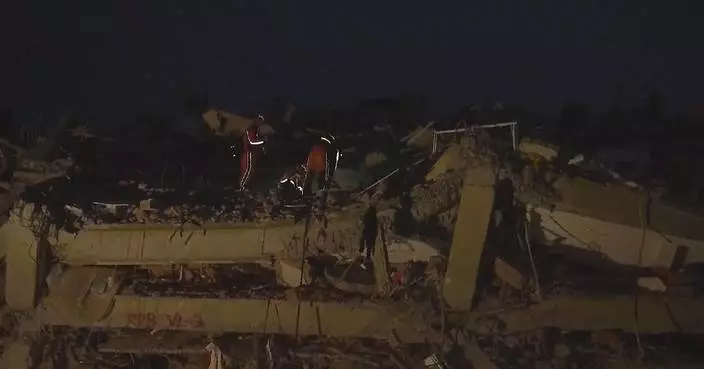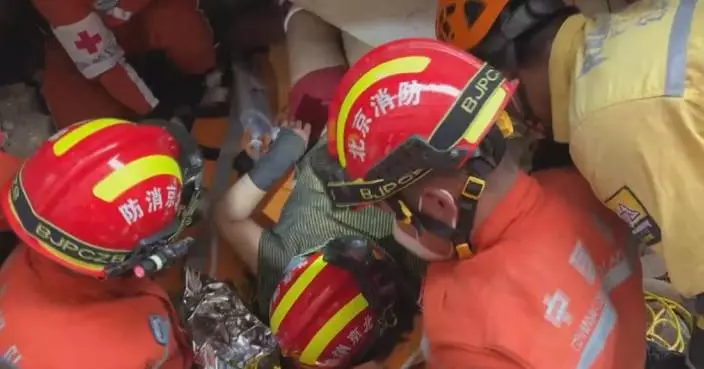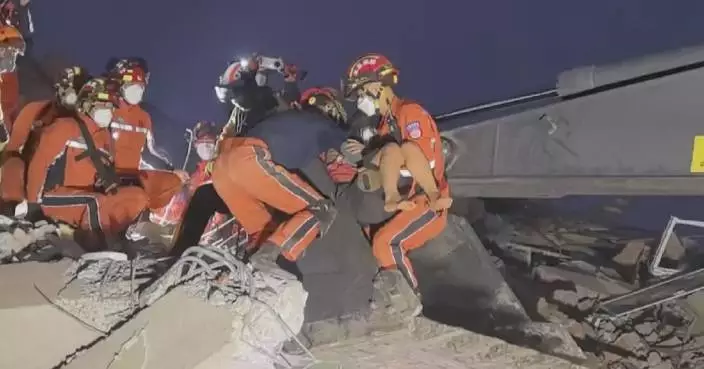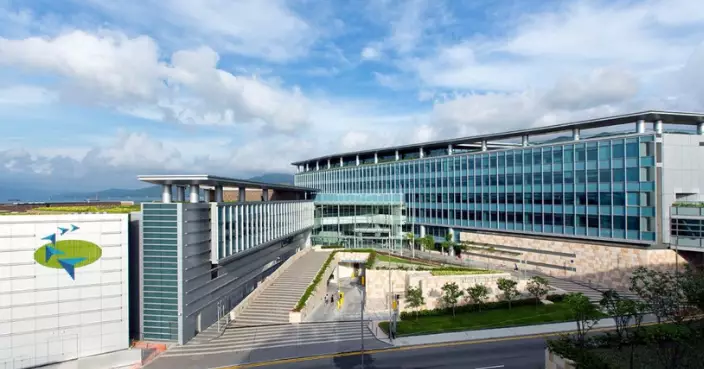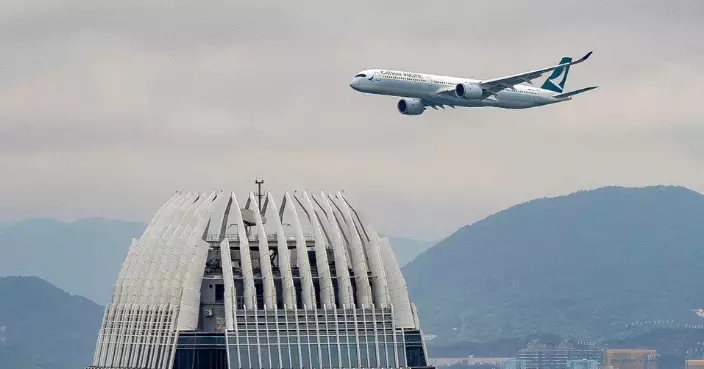Chinese President Xi Jinping left Serbia on Wednesday under the escort of two fighter jets sent by the Serbian Air Force after wrapping up a state visit to the country.
Serbian President Aleksandar Vucic and other dignitaries gathered at the airport in Belgrade to bid farewell to Xi as he departed for the last stop of his European tour in Budapest, Hungary.
The Chinese president arrived in Serbia on Tuesday evening for a state visit at the invitation of Vucic.
During his trip, Xi held talks with his Serbian counterpart and signed a joint statement on the building of a China-Serbia community with a shared future in the new era, making Serbia the first European country to build such a community with China.
Serbia is the second leg of Xi's three-nation European tour from May 5 to 10, which also includes France and Hungary.

Xi leaves Serbia, escorted by two Serbian fighter jets
Multiple Chinese rescue teams have arrived in the disaster-stricken areas in Myanmar, rushing to work with local responders around the clock to search for survivors following the massive and devastating earthquake that occurred on Friday.
In the hard-hit city of Mandalay, many Chinese rescuers have been working nearly 20 hours to search for lives among collapsed buildings and under the rubble.
The operation has faced significant hurdles with repeated aftershocks in the city complicating the rescue efforts. Despite these challenges, Chinese rescuers have made notable progress, as two dedicated rescue corridors have been established to accelerate the search and rescue process.
So far Chinese teams have rescued six survivors in severely-hit Nay Pyi Taw and Mandalay. The rescuers combed through the ruins of apartments, hotels and hospitals to find signs of life. Continuous aftershocks, power cuts, destroyed roads and communication interruptions made their rescue work even harder.
Meanwhile, more Chinese rescue teams are heading to Myanmar, bringing in earthquake experts, structural engineers, medical personnel and canine units, as well as life detectors, demolition equipment and field hospital systems.
Despite challenges like confined working areas, frequent aftershocks, residual fires and dense smoke, local and international rescuers are racing against time, hoping to save more people as the crucial 72-hour window of earthquake rescue closes.
The death toll from the 7.9-magnitude earthquake in Myanmar has risen to 2,056, with approximately 3,900 people injured and nearly 270 reported missing, according to the country's State Administration Council Information Team on Monday.
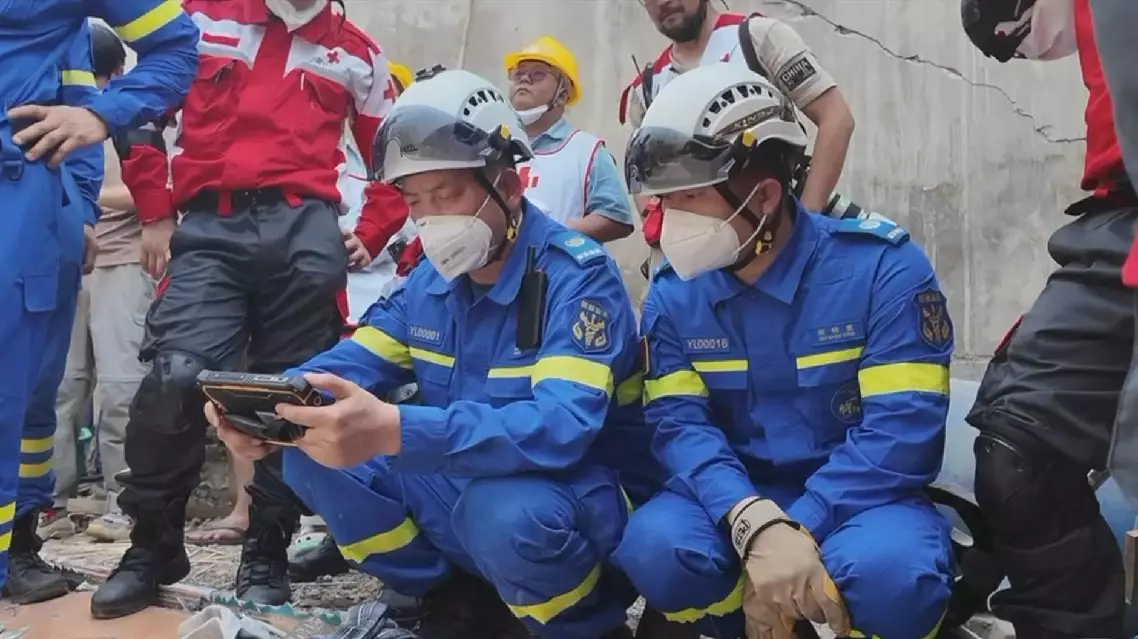
Chinese rescuers race against time in Myanmar quake relief






